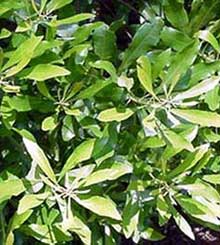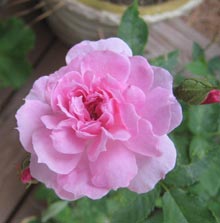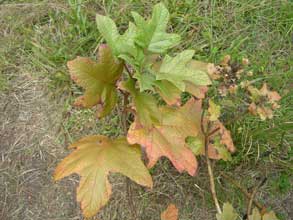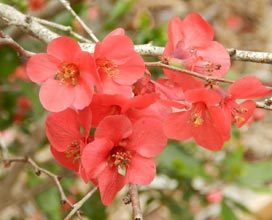 We never have a chance to get bored with the seasons here; it is a balmy 77 degrees as I write this piece and my visiting snowbirds are enjoying a last round of golf before they reluctantly return to the frozen north. This has been one of the loveliest weeks one could ask for in January. However, wildly fluctuating temperatures being the norm here, I expect by the time you read this we will be experiencing more typical winter weather and that may be chilly.
We never have a chance to get bored with the seasons here; it is a balmy 77 degrees as I write this piece and my visiting snowbirds are enjoying a last round of golf before they reluctantly return to the frozen north. This has been one of the loveliest weeks one could ask for in January. However, wildly fluctuating temperatures being the norm here, I expect by the time you read this we will be experiencing more typical winter weather and that may be chilly.
While my guests were off enjoying themselves, I was enjoying being outside, too, even though I was just pruning and weeding my nemesis, the native Wax Myrtle or Bayberry. The benefits of this shrub or tree far outweigh its expeditious reproduction in my yard; the food and shelter it provides for the birds is invaluable and I love the scent of the leaves. Bayberry candles were originally made from the wax myrtle berries. Sadly, the bayberry candles of today, which are made with synthetic chemicals, do not seem to create the same ambiance I remember. But, this shrub is a thug in my yard; it is just too, too happy here. It multiplies both by runners and self-sowing and the birds that feast on its berries help to propagate it by spreading the seeds far and wide. While I find it ingenious that the birds can plant their own food, I am not amused at having to deal with what is, for me, a constant crop of new plants usually growing where I do not want them to. Master Gardener and Naturalist Joe Allard says I must have a textbook case of ideal growing conditions for this plant as it multiplies so rapidly here. Those in his yard are not nearly as prolific. That is what different growing conditions can do.
The myrtles primarily occur along the coastal plains of the East coast. Here in SC, it would be the Myrica cerifera, in more northern regions it would be the closely related Myrica Pennsylvania. Both are valuable broad-leafed evergreens here. They can grow to be 20 feet, but they take well to careful pruning and can be kept as smaller shrubs if desired. They make excellent screens or hedges. Tiny white flowers bloom in spring followed by, on the female plants only, a multitude of waxy, gray berries. They are not fussy about their growing conditions as long as there is good drainage. They naturally handle drought and salt spray with ease. Pests are few, some years I notice tiny holes developing in the leaves; this is unattractive but does little harm. There are two schools of thought on this problem; it could be a fungal disease or it could be a tiny insect, but in any case, the damaged leaves are quickly replaced by shiny new ones. I would not advise any treatment for this problem. It has been noted that nitrogen encourages diseases in this species so no fertilizing is necessary.
There are hybrids available which would not be as prolific; they’ve been bred to have positive characteristics. ‘Fairfax’ and ‘Pumila’ are compact cultivars that only get 3 to 5 feet. ‘Georgia Gem’ is smaller still, maturing at a mere 18 inches; sounds like a good groundcover to me.
A mature wax myrtle that has been limbed up makes an attractive tree. I like to under plant them with ferns or other low growing plants like variegated aspidistra that appreciate the filtered shade they provide.
So my love/hate relationship with this species continues. It is one of those plants I cannot do without. Although – and yes, it sounds like a soap opera – on the next mild day I’ll be out there again lamenting my fate, pulling up the abundant seedlings and trying to keep my “nemesis” within bounds.







